
Birmingham Royal Ballet in The Sleeping Beauty.
© Bill Cooper. (Click image for larger version)
Birmingham Royal Ballet
The Sleeping Beauty
London, Sadler’s Wells
17 October 2013
www.brb.org.uk
www.sadlerswells.com
The last time Birmingham Royal Ballet brought their Sleeping Beauty to London, they showed it in the Coliseum and I felt that the combination of the grandiose theatre and Philip Prowse’s magnificent setting rather overwhelmed the actual performance. This time, in the more intimate and less ornamented Sadler’s Wells, both the choreography and the dancers made their proper effect. Someone described the evening to me afterwards as ‘ego-free’ and that’s a nice summing-up: it may sound like faint praise if you look for fireworks and drama – I do too, sometimes – but it’s actually a real pleasure to watch a company just working together for the good of the ballet.
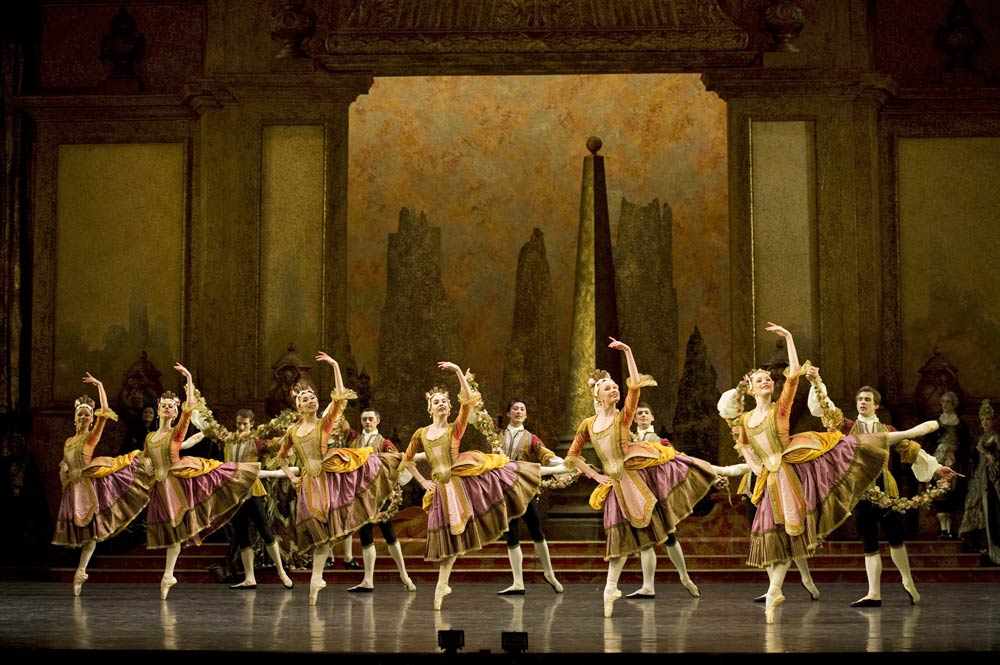
Birmingham Royal Ballet in The Sleeping Beauty.
© Bill Cooper. (Click image for larger version)
It was something of a surprise to find the opening night given to Jenna Roberts and Iain Mackay rather than, as usually happens, to more senior dancers; whatever the reason for that, I was glad of the opportunity to catch up with Roberts in particular. When I’ve seen her before I’ve thought her neat and sincere but rather lacking in character – still the star pupil in some graduate class rather than a mature artist, so I was delighted to find her Aurora so satisfying. Low-key, perhaps, but very carefully prepared, and delivered with considerable sweetness and grace – and assurance too, once she’d got through those damn’ balances. There’s so much more to the Rose Adagio than those few moments, and some of what she did – especially the way she used her arms – was exquisite; she has nice line, too, and articulates every step very clearly. .I think she’d benefit from a little more attack, to allow her to bring more light and shade to those long solos, and I wished she didn’t look quite so sorrowful in the Vision – this isn’t Giselle, after all – but this is already a fine interpretation.
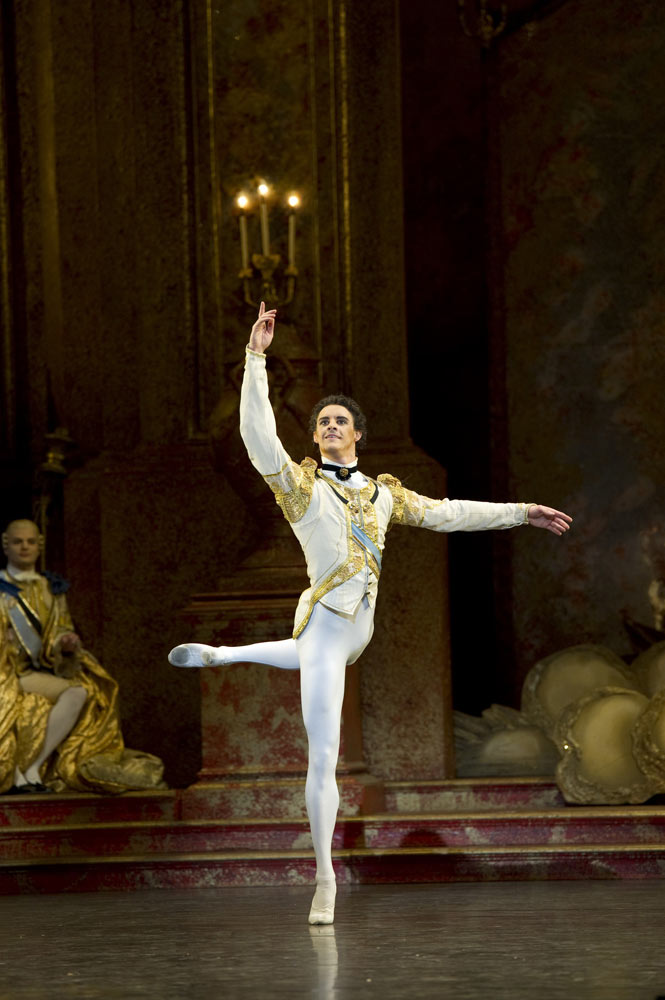
© Bill Cooper. (Click image for larger version)
If attack is what you like, the one to watch in this performance was Momoko Hirata, dashing through the ‘finger’ variation in the Prologue and even more remarkable as Princess Florine in the last act. She seems to have all the technique in the world but she only uses what the choreography needs, and it’s so nice to see – for instance – someone holding a balance for as long as the music requires rather than for as long as she possibly can. Her partner was Mathias Dingman, possibly the most cheerful Bluebird I’ve ever seen – I believe he does the Prince in this production as well, but in this number he looked a true demi-caractère dancer and the whole piece looked a lot of fun. The actual Prince, Iain Mackay, is a neat dancer and an attentive partner but doesn’t come across very strongly as an individual, and I wonder if both he and Roberts might perhaps find more emotional depth in their roles with partners of different temperaments.
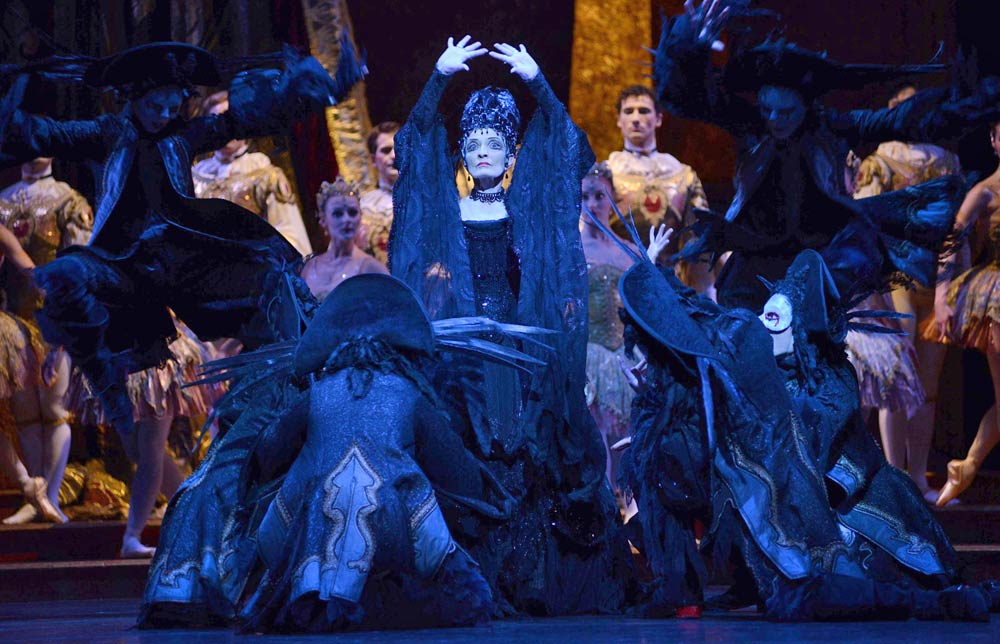
© Roy Smiljanic. (Click image for larger version)
But if temperament is what you like, the evening belongs to Marion Tait, a wonderful Carabosse – how could someone so alive with evil energy possibly be ‘forgotten’ when the guest-list for Aurora’s christening was drawn up? (And why is the King never man enough to take the blame for her omission? – I always think it’s really poor-spirited of him to blame it on the staff.) Delia Matthews looked elegant and benevolent as the Lilac Fairy, but somehow in that dress it looks the wrong sort of benevolence – she looks more ready to open a garden party than to battle with Carabosse and her dark forces. I do understand the reasoning behind this characterisation but I still prefer to see it done as a dancing role.
Peter Wright’s production will reach its 30th anniversary next year and overall its clarity and cogency still impress. Act 2 is now rather disappointing, though, with the court’s hunting scene severely shortened (and also disfigured by the truly silly way the Prince’s aide carries on – way over the top and completely out of step with everyone and everything in the rest of the evening – not at all the fault of the dancer in question, I assume). It’s been cut to make space for an ‘awakening’ pas de deux at the end of the act – very pretty in itself but in a romantic vein at odds with the rest of the choreography; it also seems to write THE END to the story, and makes me wonder why we need another interval and another whole act before we can go home.

© Bill Cooper. (Click image for larger version)
This production is supposed to end with gold dust showering down on the final tableau and it was somehow very appropriate that it didn’t happen on this occasion, thanks to a technical hitch. It always seems a bit much to me – gilding the lily comes to mind – and after a performance done with such unflamboyant integrity, it would have seemed entirely off-key. Koen Kessels conducted the Royal Ballet Sinfonia and revealed things in the score which I’d never consciously noticed before.







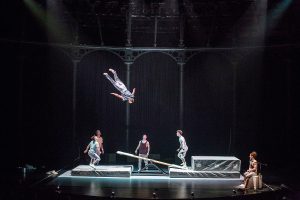
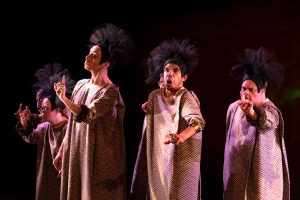
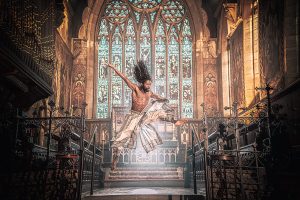

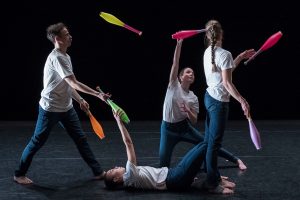

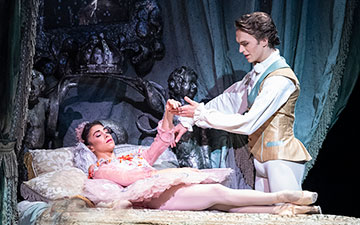
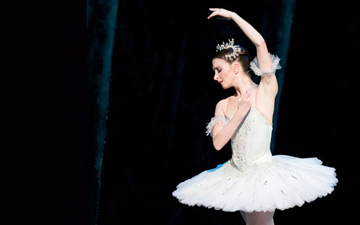

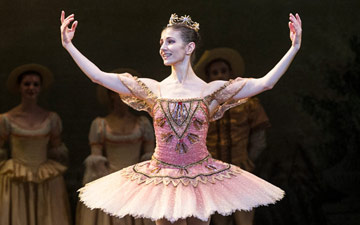
Jane, the requisite shower of gold was back for the second night – unfortunately. I’m certain I would prefer it without: it’s just too much. Not only that, but the “gold” is so much shinier and darker than the rest of the gold in the production that it doesn’t even seem a very good match.
Shouldn’t this read 17 Oct for the performance date?
Re the Rose Adagio: Roberts was excellent when I saw her a few years ago. I expect opening night away in London is considerably more nerve-wracking than a matinee at home in Brum, but all good experience.
Duh – Jane had it right and I screewed up on date – now corrected. BM